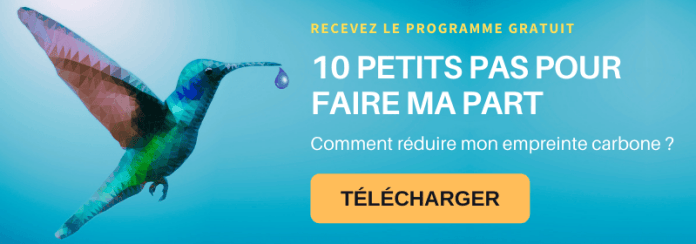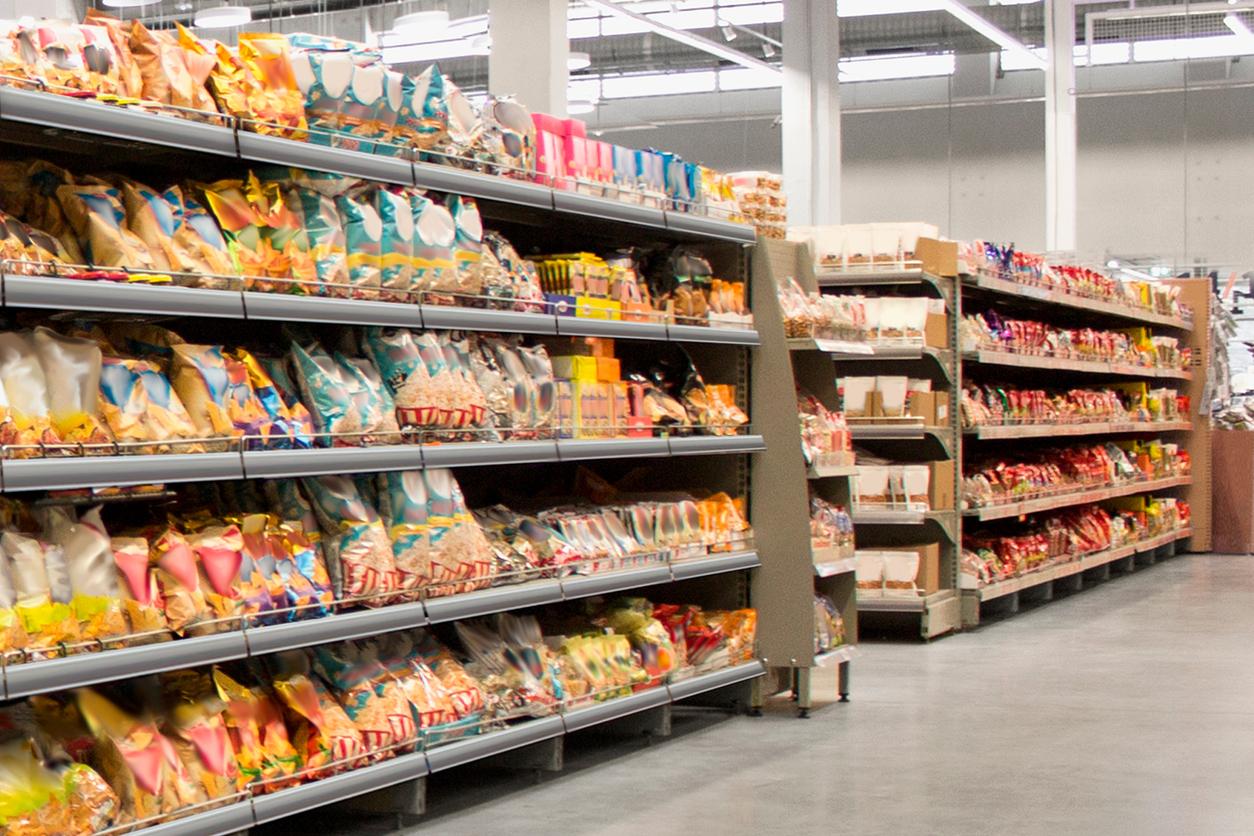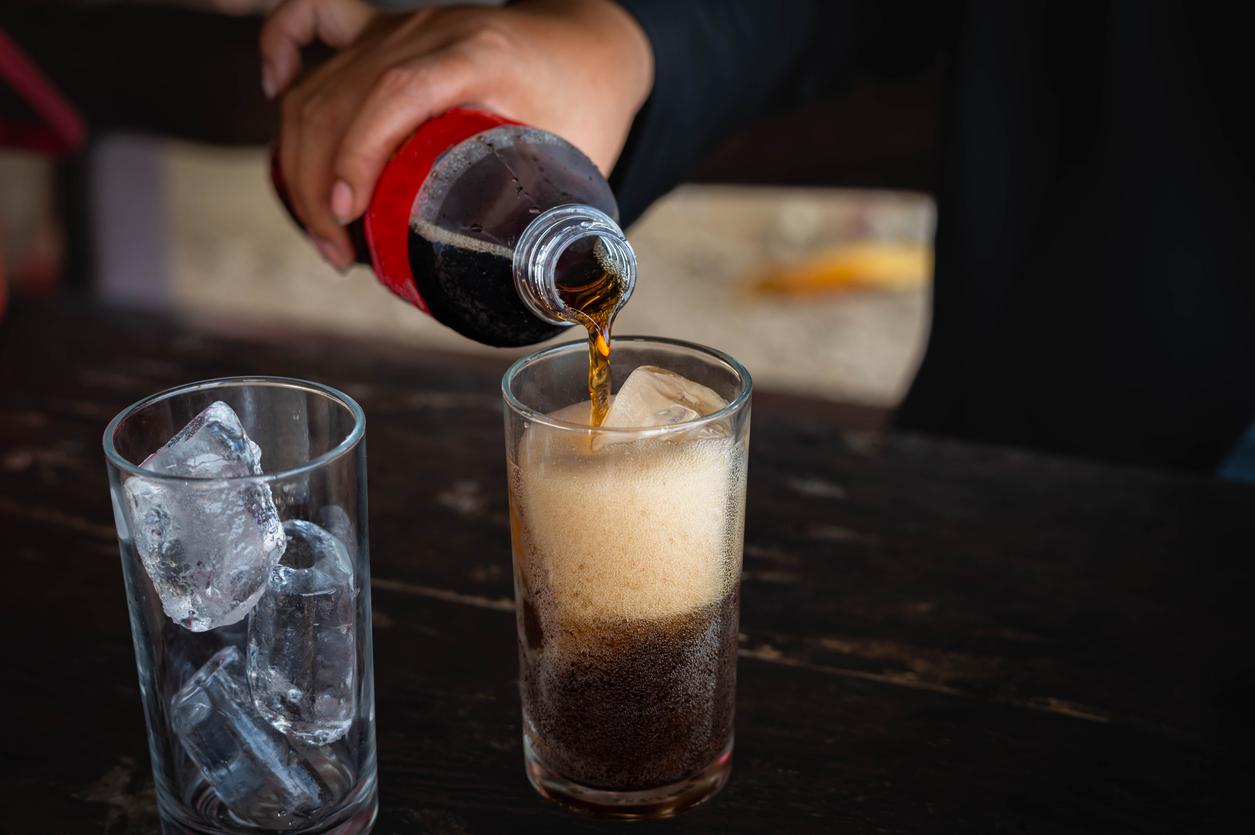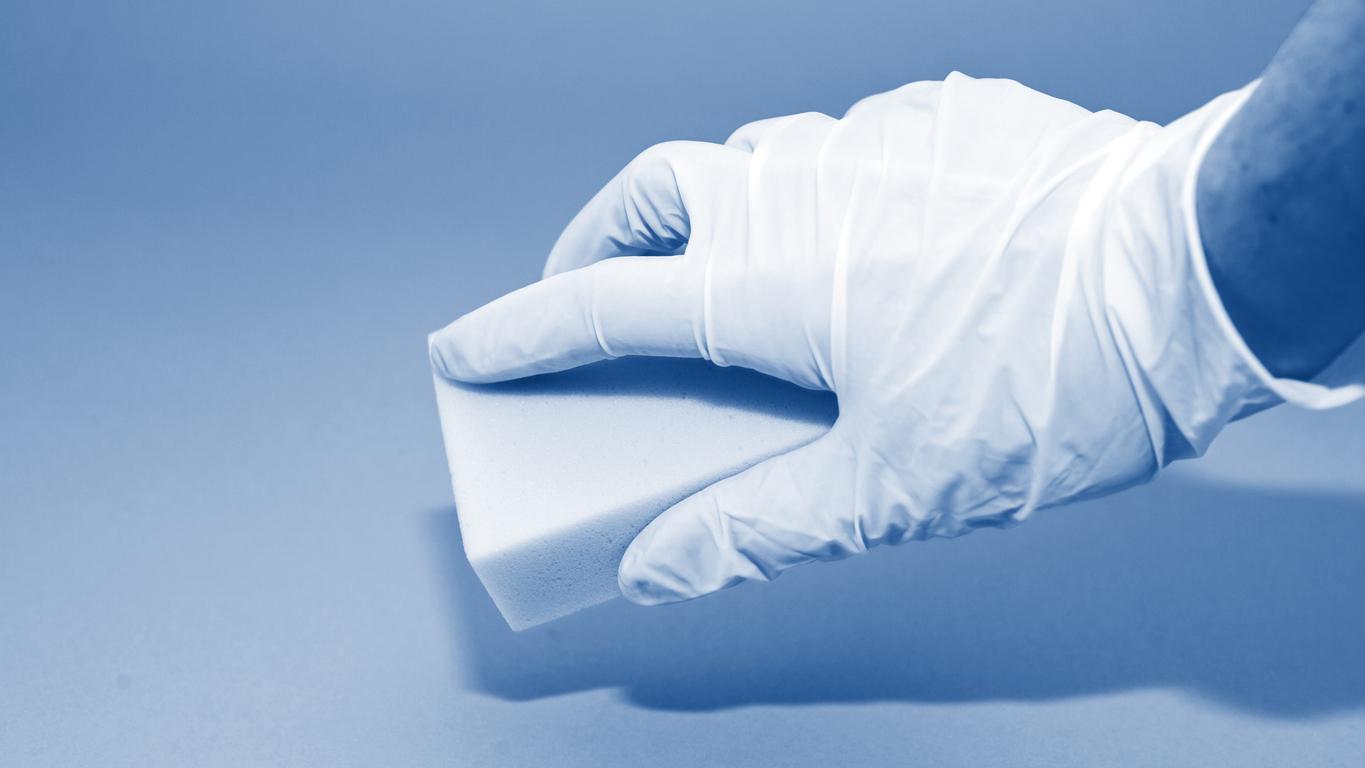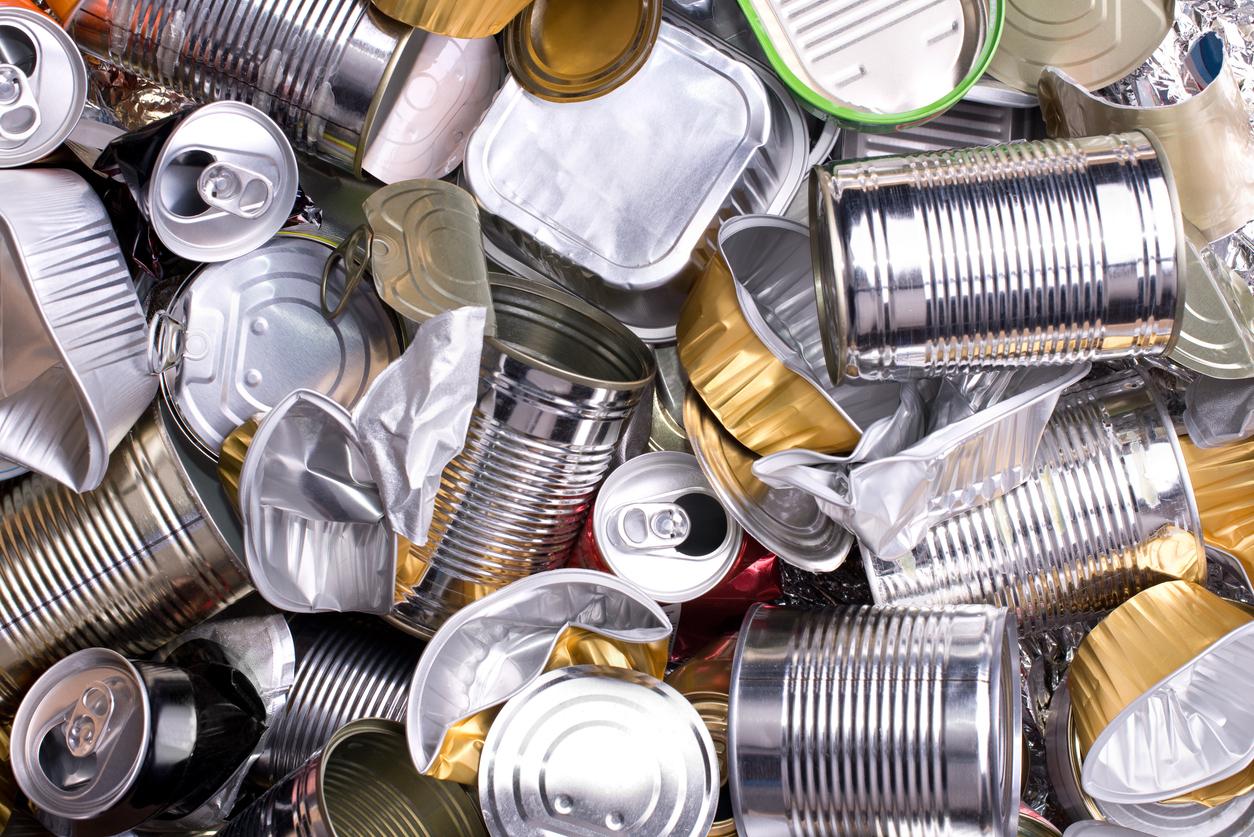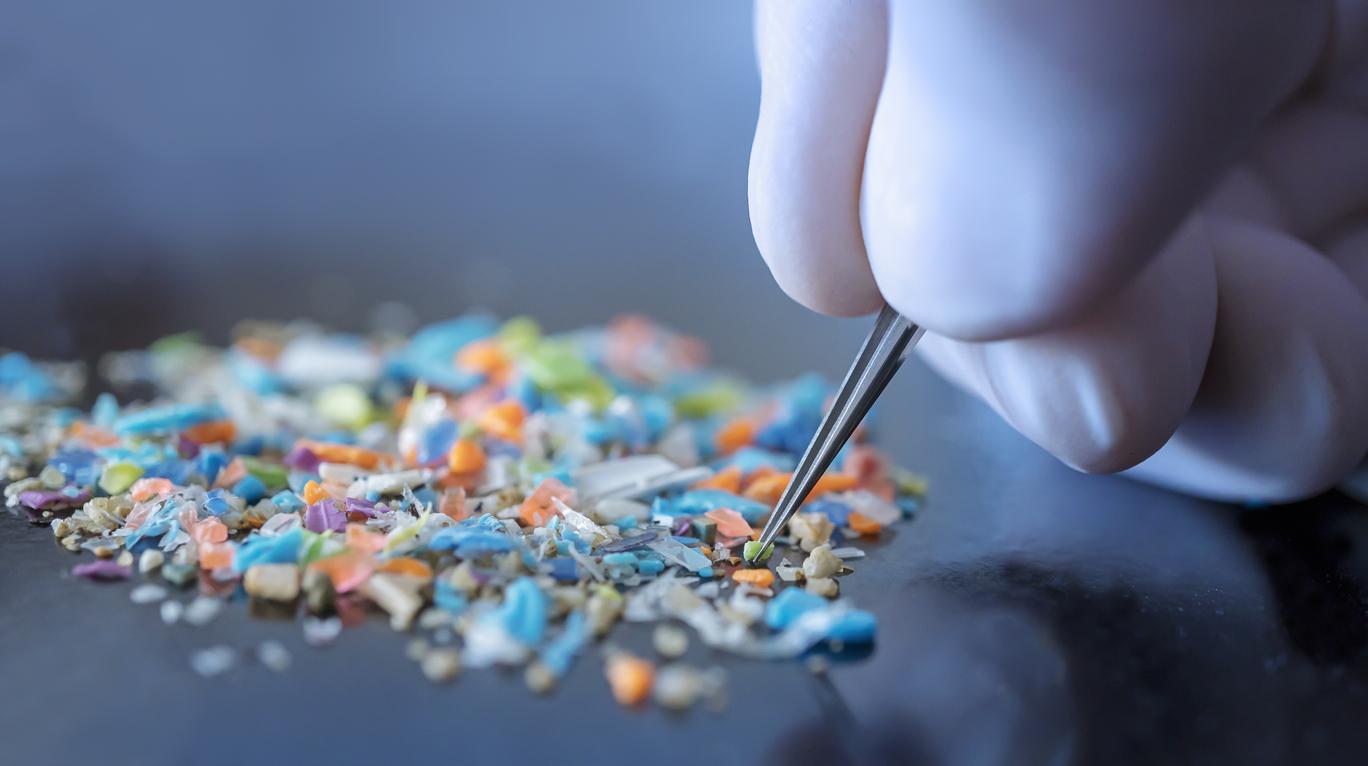Plastic pollution is everywhere: in the air we breathe, in the Arctic ice, in the water we drink, the clothes we wear, the fish we eat and even in our bodies. But the impact of plastic waste and the plastics industry on climate change is often taken lightly.
According to experts, there are currently 150 million tons of plastic waste in the oceans (86% of this waste is produced in Asia compared to less than 1% in Europe).
One small step to do your part
The fact of limit your use of plastic has a double impact: on the environmental pollution first, and on reducing your carbon footprint personal, because most plastics are from hydrocarbons.
I’ll explain why it’s a great idea with these three arguments :
- First, to scare you… Plastic is everywhere and even in you! On average, an individual can swallow up to 5 g of plastic every weekwhich is equivalent to the weight of a credit card*.
- Plastic never completely disappears and also pollutes the environment.
- The French State has banned plastic checkout bags, cups, disposable plates, cotton swabs, straws… and aims to phase out disposable plastic completely by 2040. Are we going to put up with this for another 20 years?
If you want to do your partask yourself, for example, how to replace bottled water (or other drinks) with tap water?
The environmental impact of bottled water is 400 times higher with tap water. It costs 100 times more expensive due to packaging and transportation.
Today, 14% of the packaging plastics produced in the world are sorted and 10% are actually recycled. The ♻️ is not a magic solution!
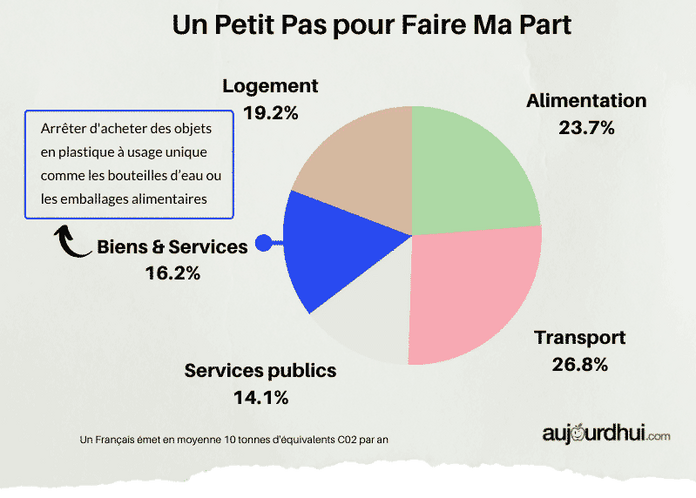
10% of the planet’s carbon budget
When you sort your waste, don’t you have, like me, the feeling of accomplishment? Thanks to us, these empty bottles, these faded packaging and these yoghurt pots are promised a new life.
But you don’t get rid of plastic that easily. It does not disappear as if by magic! Less than 10% of plastic is recycled and the rest is simply discarded in nature, landfills, rivers and oceans…
We produce twice as much waste than 40 years ago and nearly half are plastic. Mostly packaging which, more often than not, is used for a few minutes, a few hours or a few weeks before being thrown away.
Plastic is produced from fossil fuels and represents between 6 and 8% of world oil consumption. This production could reach 20% by 2050. Plastics production processes therefore generate a colossal volume of greenhouse gas emissions.
Indeed, it is estimated that greenhouse gas emissions for plastic will reach 1.34 billion tonnes per year by 2030. Cumulative emissions could exceed 50 billion tonnes by 2050, or approximately 10% of total carbon budget.
With an announced growth rate of 3% per year for the coming decades, the problem of plastic pollution will therefore get worse and even speed up.
Indispensable and indestructible
Most plastics are from hydrocarbons. Mixed with other chemical substances, it can be given almost any shape and strength. The real problem with plastic is precisely its resistance: it does not disintegrate in naturehe stays there for a long time… A very long time!
And even if they end up one day by decomposing, plastics never completely disappear and their components pollute the environment. So how do you deal with plastic?
- The first method (the most used) consists of piling the waste in an “official” release. 40% of our plastic waste ends up there. Landfills are regulated in developed countries because they must be able to contain leaking pollutants. But in many countries, they are similar to mountains of wastewhich is dramatic for ecosystems.
- Worse still, there are wild dumps where waste is abandoned in nature: this is where lands a third of our plastic pollution which completely escapes the reprocessing channels. Carried by the wind, streams, rivers, this waste ends up most of the time in the oceans to form plastic continents with the consequences that we can guess for marine ecosystems.
- The other solution for processing plastic is thermal destruction. This represents 14% of plastic waste who are thus incinerated. It also makes it possible to produce energy by combustion. But this mode of elimination generates emissions of atmospheric pollutants. At the end of the chain, 30% of the volume of plastic remains: toxic residues which must be stored in hazardous waste storage sites.
And recycling in all this?
Finally, there is the recycling concerning plastics which can be modified by heating and cooling operations. Plastics are collected, compressed, crushed, washed and regenerated into pellets. They then serve as raw material for new uses.
The recycling solution is attractive, but only 14% of the packaging plastics produced in the world are sorted and 10% are actually recycled. Selective sorting is not such a common practice in the world!
The real problem with plastic recycling is that the recycled material is not competitive with very inexpensive new plastic. The other problem is that over recycling, recycled plastics become less efficient and less resistant.
Alternative solutions and prohibitions
The search for alternative solutions to manufacture greener plastic emerged all over the world. These are called the biobased plastics : they can be produced from seaweed, potato starch, wheat, corn, beets, sugar cane and even shrimp.
But the innovation, industrialization and marketing of these new organic materials will take time, probably decades. Until then, nothing will be able to alleviate our appetite for plastic of fossil origin. Except maybe the law…
Since 2016, the state has banned carrier bags single-use plastics. Since 2020, these are the cupsdisposable plates and Q-tips plastic that are banned. Since 2021, the straws and the polystyrene bottles are also prohibited. The objective is to phase out disposable plastic completely by 2040.
Another avenue of hope against plastic pollution, the research currently being carried out on PHAs, bacteria that naturally produce plastic. They make it possible to obtain bioplastic granules which must then be melted down to manufacture material that can be used by industry. main advantage, PHA degrades rapidly (in about a year) in natural environments such as rivers and oceans.
Pending practical applications, the researchers estimate that the overall volume of plastic present on earth will double by 2050. The weight of plastic in the oceans will then be equivalent to that of all marine fauna of the planet.
As most of the plastic pollution comes from packaging, the first solution, actionable by each of us, consists in no longer buy products packaged in plastic. Impossible mission ?
More and more stores offer bulk products and many brands have completely banned packaging.
Now, it’s up to us, the consumersto make the effort to come to the store or market with our reusable glass, paper and why not even durable plastic containers!
* Study ofnewcastle university (Australia) commissioned by the organization WWF.
